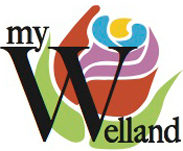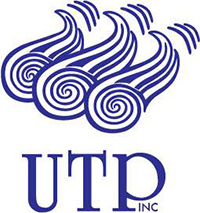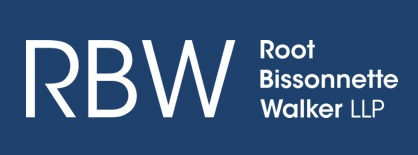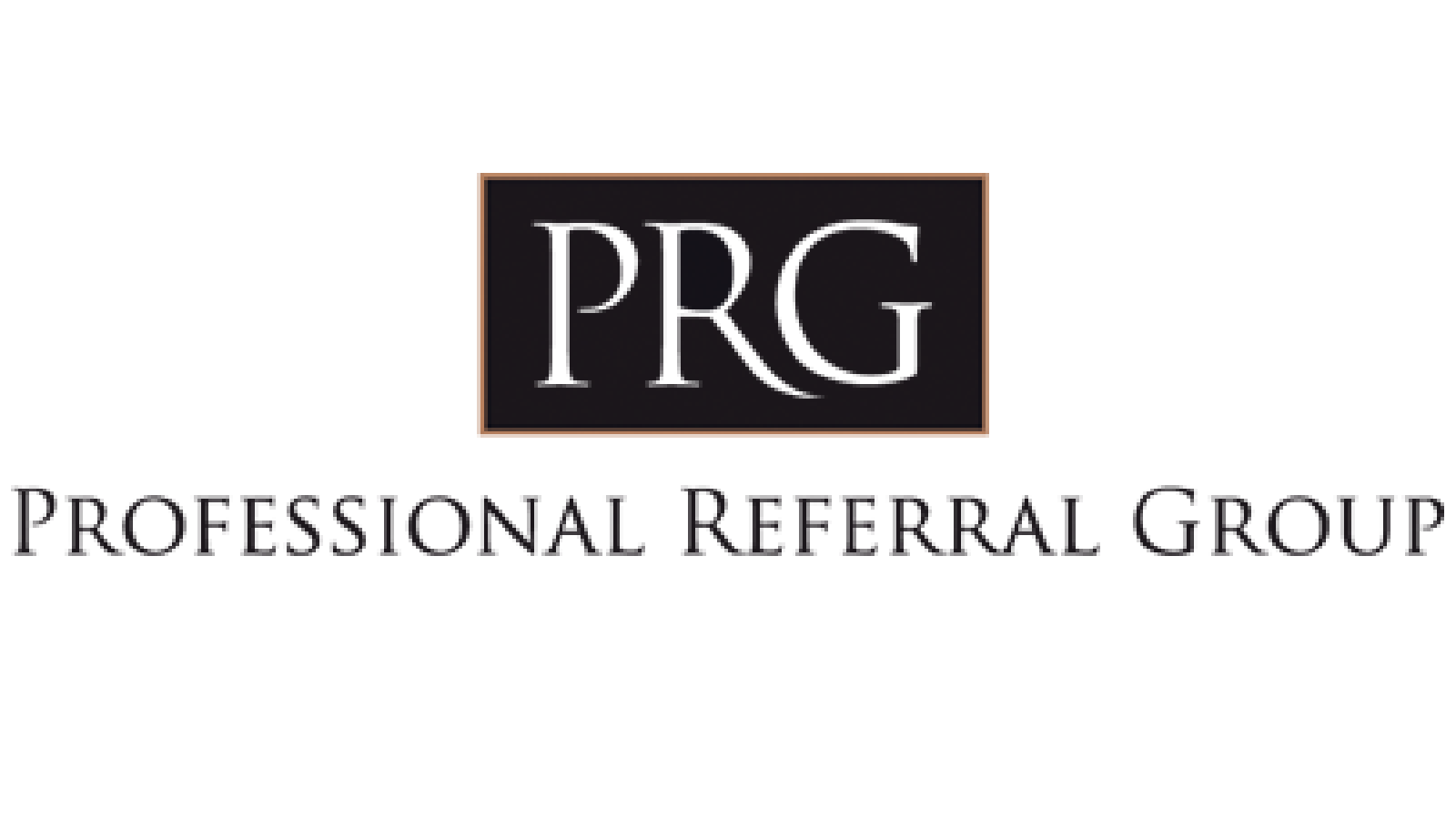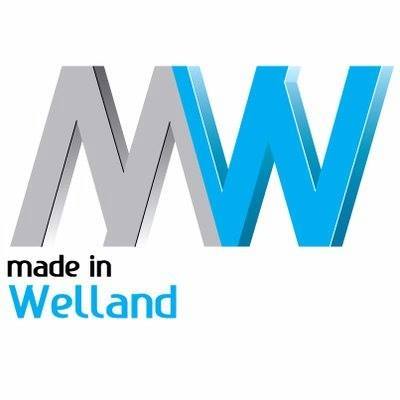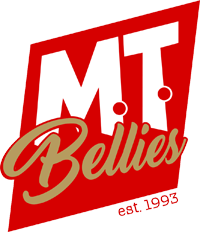A growing number of children are benefiting from registered education savings plans and the accompanying Canada Education Savings Grants. Are your kids among them? Here a few reasons to start thinking about that.
During the past few weeks, youngsters all across the country have been heading back to school, reminding many parents that their children’s education, even at the elementary and high school levels, involves a significant outlay of money. And if their children head off to university some day, this situation will repeat itself, as the following illustration makes clear.

As we can see, depending on the province, the cost of four years of postsecondary education, assuming the student has to pay for room and board as well, can amount to more than $82,000. (A number of websites can provide some idea of the cost of tuition alone, including Statistics Canada , You will be redirected to an external website. and Universities Canada , You will be redirected to an external website..)
But the illustration contains another meaningful piece of information: average registered education savings plan (RESP) contributions, which come to about $1,635 per year for Canada as a whole.
By the way, what’s an RESP?
The Registered Education Savings Plan
An RESP is an investment vehicle that offers tax advantages: the contributions deposited in the account – up to $50,000 during the plan lifetime – can remain completely tax-sheltered as they grow, until they are withdrawn by the child to pay for expenses related to postsecondary education. These withdrawals consist of two major components: the invested capital, which is treated as a tax-free refund to the subscriber, and the “education assistance payments”, which include any investment income and the government grants paid into the RESP. EAPs are taxable in the hands of the student, who will probably be in a very low tax bracket at that point.
Which brings us to government grants, which are one major benefit of an RESP.
In fact, all RESP contributions automatically provide entitlement to Canada Education Savings Grants (CESG). These grants come in two types: the basic CESG amounting to 20% of contributions regardless of family income, and the additional CESG, which can add 10% or 20% if family income was below $98,040 in 2021. In all, CESGs can add a lifetime maximum of $7,200 to an RESP.
These grants are an important feature of RESPs and are benefitting a growing number of young people every year, as shown in the diagram below.

Even so, it’s important not to wait too long. In fact, no CESG is paid if the RESP contributions begin after the end of the calendar year in which the beneficiary turns 15. As well, to receive a CESG when the beneficiary is 16 or 17, certain prior-year contribution minimums must have been met. For more information about these conditions, visit this Government of Canada website , You will be redirected to an external website..
Note that the federal government has an additional measure, the Canada Learning Bond, for low-income families. It can provide an extra $2,000.
At the provincial level, Quebec offers the Quebec Education Savings Incentive (QESI), which can total $3,600 over the plan lifetime, while British Columbia has the $1,200 B.C. Training and Education Savings Grant (BCTESG).
As a general rule, any grants received by the RESP must be repaid to the government if the child does not pursue his or her education at the postsecondary level. In some cases, however, it may be possible to designate a different beneficiary instead. The help of an advisor could be instrumental in making the right decisions.
Too little or too much?
The main question, then, is to determine the ideal amount to contribute to your children’s RESP. Most financial institutions provide online calculators that can help you make projections. The Ontario Securities Commission`s Get Smarter About Money , You will be redirected to an external website. website also has a tool that adjusts for tuition fees by province and includes government grants.
You will notice, however, that none of these tools incorporate a new factor in the equation, one that took hold during the pandemic: online education. Most Canadian universities offer remote or online learning (or hybrid formats). Among other things, online programs could allow some students to avoid expenses associated with transportation, room and board. A recent U.S. study put these costs in the tens of thousands of dollars per year.
What investments should go into an RESP?
Another question: what investments should be held in an RESP? Just like a registered retirement savings plan (RRSP), an RESP can hold a variety of investment types, from very conservative to very volatile, depending on your objectives and your risk tolerance. You could also choose investments that align with specific criteria, such as sustainable development or social and environmental responsibility.
As well, you would likely want to keep the RESP’s investment horizon in mind, and move from a more aggressive to a more conservative asset allocation as the time approaches for your child to begin his or her postsecondary education, at which point the money you have invested will be needed.
That said, each family is unique and each RESP strategy needs to be personalized to reflect the family’s specific needs. It can get complicated. Don’t hesitate to talk to your advisor, whose knowledge and tools can help guide your decision-making.
The following sources were used to prepare this article:
Get Smarter About Money, “RESP Savings , You will be redirected to an external website..”
Government of Canada, “Canada Education Savings Grant (CESG) , You will be redirected to an external website.”; “Provincial education savings incentives , You will be redirected to an external website..”
Revenu Québec, “Québec Education Savings Incentive , You will be redirected to an external website..”
QTrade, “What’s the best asset allocation strategy for your child’s RESP? , You will be redirected to an external website..”
Statistics Canada, “Canada Education Savings Program: 2020 Annual Statistical Review , You will be redirected to an external website.”; “Canadian and international tuition fees by level of study (current dollars) , You will be redirected to an external website..”
Universities Canada, “Tuition fees by university , You will be redirected to an external website..”
 Back to myNiagaraOnline
Back to myNiagaraOnline